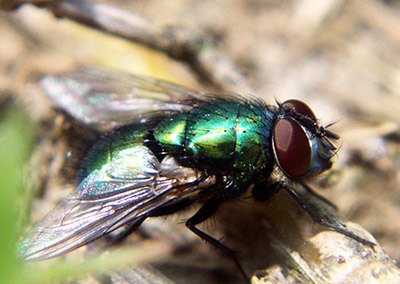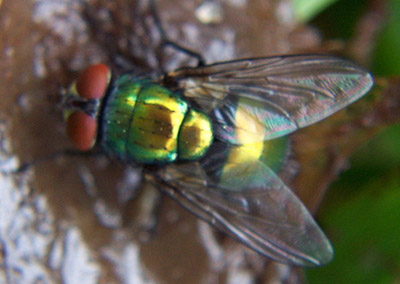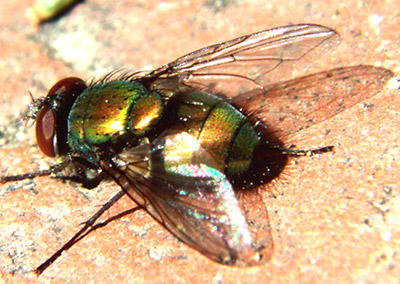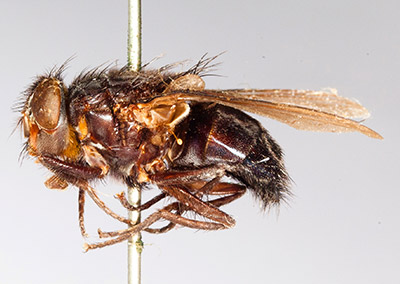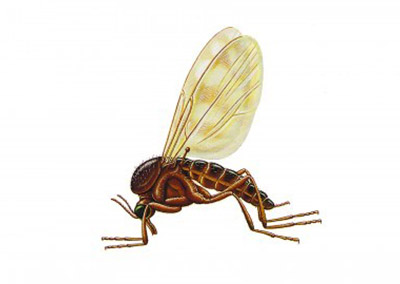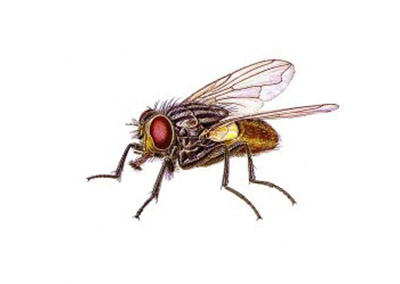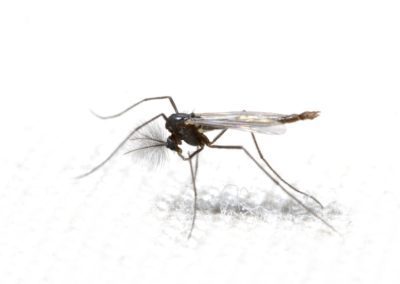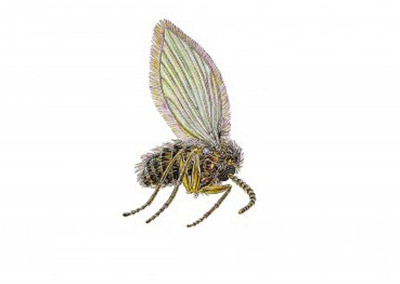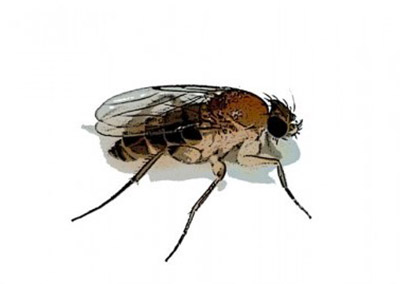Blue Bottle Fly
Our remedy for blue bottle fly control
First, contact us. Blue bottle fly control is challenging because their larval sites must be located and eliminated for success, and these sites may be some distance from where the adults are a nuisance. Throw trash away in trash cans in plastic bags, and locate trash receptacles as far from the building as possible. Keep doors and windows closed unless they are equipped with a tight-fitting screen. While a dead animal behind a wall or in a crawlspace is not always easily found, if you suspect a dead animal it must be removed to avoid attracting blue bottle flies.
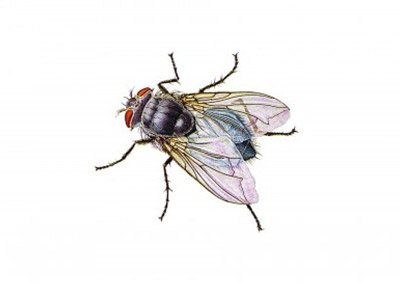
How to Identify a Blue Bottle Fly
Appearance
Shiny, metallic blue or green; 1/4″ to 3/8″.
Habitat
Bottle flies are one of the first insects to reach a dead animal, and the sudden appearance of dozens of them within a building signals a dead rodent, bird or other animal in the wall, ceiling, attic or crawl space. They breed in garbage containers, dumpsters and decaying vegetative matter. They are attracted to buildings by food odors and also warm or cool air currents coming through cracks around doors and windows.
Diet
Like all flies, bottle flies feed on a variety of food materials but prefer fermenting or decaying organic matter.
Additional Imagery
Is This Your Critter?
Maybe it is, maybe it isn’t. We can handle the identification and get you a solution to your problem quickly.
Get a remedy now. Send a message!
FAQs for Blue Bottle Flies in Northfield, IL
Where Do Blue Bottle Flies Live?
Blue bottle flies are incredibly adaptive species and can be found throughout the United States, including the Midwest. They thrive in areas with an abundance of decaying organic matter in urban and suburban communities. You can often find blue bottle flies in farms, cities, forests, and even inside your home.
What Do Blue Bottle Flies Look Like?
Blue bottle flies have a distinctive metallic blue or blue-green color and red eyes. They are often larger than other types of common flies, ranging in size from 10 to 14 millimeters. They can be found near decaying organic matter. During flight, they produce a very loud buzzing noise.
Are Blue Bottle Flies Dangerous?
Blue bottle flies do not bite or sting. In fact, they will typically flee when they see you. However, the most significant concern with blue bottle flies is bacterial infection. Because they eat decaying flesh and garbage, they are known to carry a variety of pathogens, including:
- Typhoid
- coli
- Dysentery
- Streptococcus
- And Many More
If you notice a large swarm of blue bottle flies, taking the necessary precautions to eliminate the potential for disease transmission is essential.
What Conditions Do Blue Bottle Flies Need to Breed?
Female blue bottle flies prefer to lay their eggs in moist environments with lots of decomposing materials to eat. The eggs can hatch within 8-24 hours in the right weather conditions. The larvae, also known as maggots, can typically be found on dead animals or in garbage bins. Over the course of about a week, the maggot consumes the nutrients from its surroundings before heading to a drier environment to pupate. After about 10-20 days, an adult blue bottle fly will emerge.
How Long Do Blue Bottle Flies Live?
Like many types of flies, blue bottle flies have a relatively short life span. Typically, blue bottle flies will live for about 10-25 days, but their lifecycle can vary depending on the conditions.
How Many Eggs Can a Blue Bottle Fly Lay?
A female blue bottle fly can lay roughly 600 eggs in its lifetime.
How Can I Prevent Blue Bottle Flies?
Despite how adaptable they are to specific environments, blue bottle flies require a food source to multiply instead of proliferate. You can ensure your home is fly-free by eliminating their food source. Here are some tips for preventing blue bottle flies from taking over your home:
- Check Mouse Traps – Blue bottle flies are found near almost any carcass, including dead mice in mouse traps.
- Remove Trash Regularly – Trash barrels, including the ones inside your home, are the ideal breeding ground. Make sure you take out your trash regularly.
- Eliminate Standing Water – Blue bottle flies lay their eggs in moist environments. Removing standing water will discourage them from laying eggs near your property.
Do Blue Bottle Flies Have Any Predators in the Wild?
Yes. Spiders, birds, and other insects prey on blue bottle flies to regulate the population.
How Can I Get Rid of Blue Bottle Flies in My Hom?
Removing blue bottle flies from your home requires a multi-pronged approach. First, it’s crucial to remove their food source from inside and around your home. Next, set up fly traps where you notice them most. Finally, prevent them from entering your home by using insect screens when opening doors and windows. If you’re having trouble controlling the blue bottle fly population around your home, we’re the team you can trust for thorough and discreet solutions. Get your quote today.

“Last night was the first night in weeks I had zero flies!”
“I have used a different pest company for years. I was infested with “cluster flies”. My old company said there is nothing they can do as it is just a bad season. I tried Rose Pest Solutions and they were amazing. Howard came out, took a sample fly to determine the way to deal with the situation and then after they analyzed it, they returned the next day. They inspected my home and attics and power sprayed the outside. Last night was the first night in weeks I had zero flies! I will definitely be switching to them. Thank you!”
Alice B. | Homeowner
Palatine, IL
Safe For Your Family and Business
We’re licensed, trained, and certified by the Departments of Public Health and Agriculture, using safe, EPA-regulated materials, always.
Attacking Infestations at the Root
We don’t come in spraying. We evaluate the root of your problem, and recommend and enact pre-emptive measures before any chemicals are used.
Assessments Before Any Contracts
Our Customer Care Center walks you through every service, every charge, and every solution before you agree to anything. Our commitment is to you.

